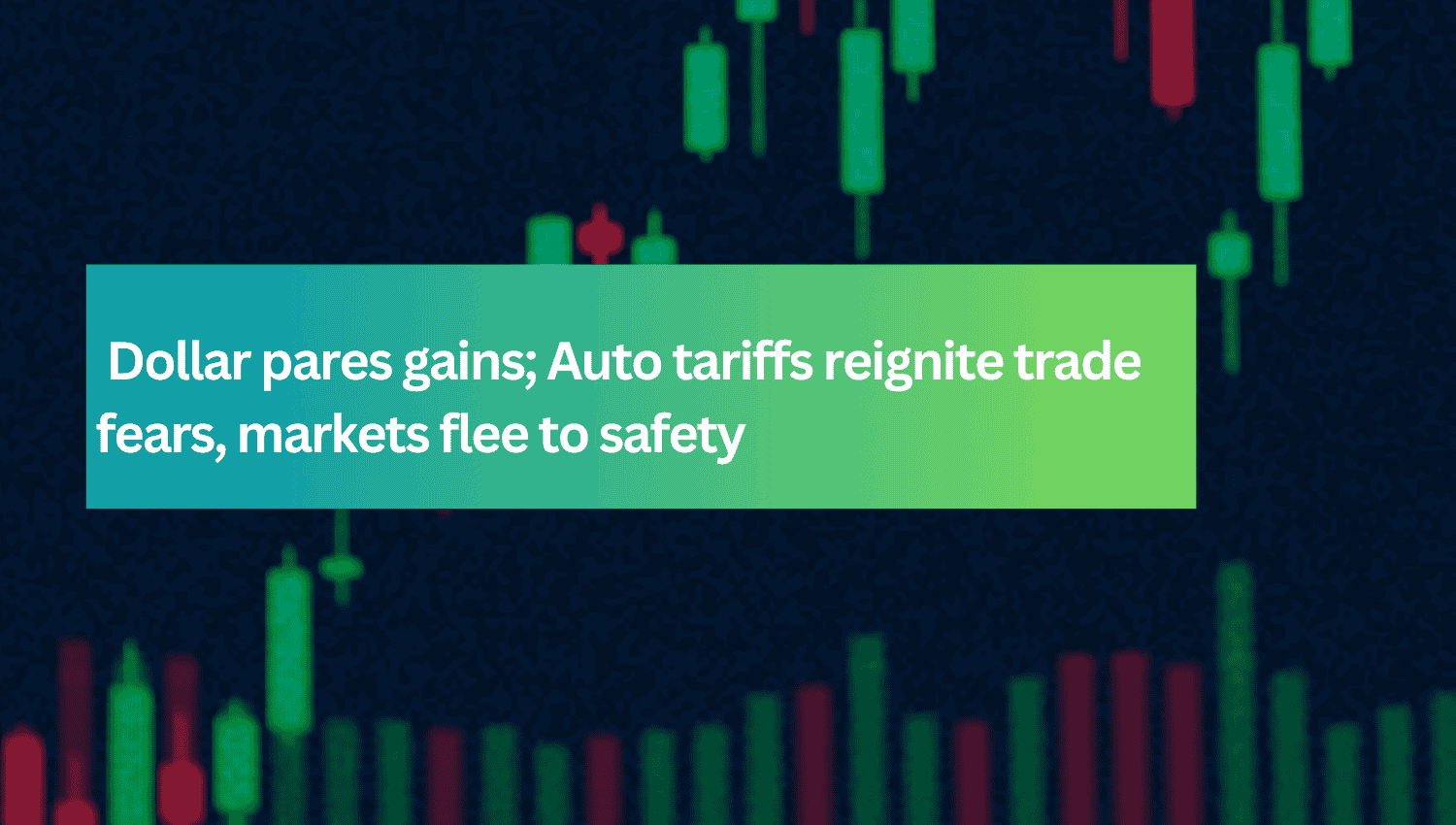Tariff Fears Roil Global Markets

Global markets fell sharply Thursday after the Trump administration announced new 25% tariffs on imported autos, renewing fears of escalating trade conflicts. Investors fled to safe havens, lifting gold over 1%, while the dollar initially gained but later eased slightly ahead of key U.S. economic data.
Euro Finds Support Amid Risk-Off
EUR/USD rebounded modestly from a three-week low at 1.0733, briefly reaching 1.0786, yet remains vulnerable. A critical support zone at the 200-day moving average (1.0727)—coinciding with the 38.2% Fibonacci retracement—must hold, or the pair risks sliding toward 1.0657 or even 1.0587. ECB lending data offered little comfort amid deteriorating risk sentiment.
Yen Supported by Safe-Haven Demand
USD/JPY traded within a narrow range (150.07–150.95), supported by fiscal year-end flows from Japan, though upside momentum faded near key resistance at 151.30. Prime Minister Ishiba hinted at retaliatory measures against U.S. tariffs, signaling increased policy uncertainty. EUR/JPY faced seasonal upside pressure, now tempered by heightened risk aversion.
Sterling Restrained by Economic Concerns
GBP/USD hovered below 1.2900, supported by large option expiries but constrained by trade uncertainty and weak inflation data. U.K. Finance Minister Reeves indicated ongoing tariff negotiations with the U.S., though market reaction remained muted.
Commodity Currencies Stabilize Amid China Stimulus Hopes
AUD/USD steadied near 0.63 after recent declines, contained within a narrow range amid risk-off conditions and yuan weakness. Support at 0.6279 remains crucial. China pledged further policy stimulus to mitigate U.S. tariff impacts, supporting copper’s climb to record highs. Oil prices eased despite supportive inventory data.
With speculative positions heavily skewed toward risk assets, prolonged equity weakness risks triggering a sharp unwind of carry trades and volatility shorts, elevating safe-haven currencies further.

